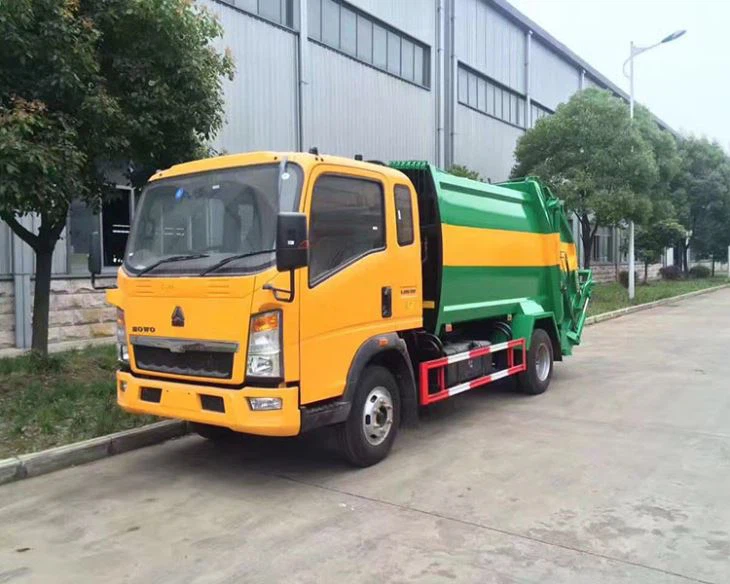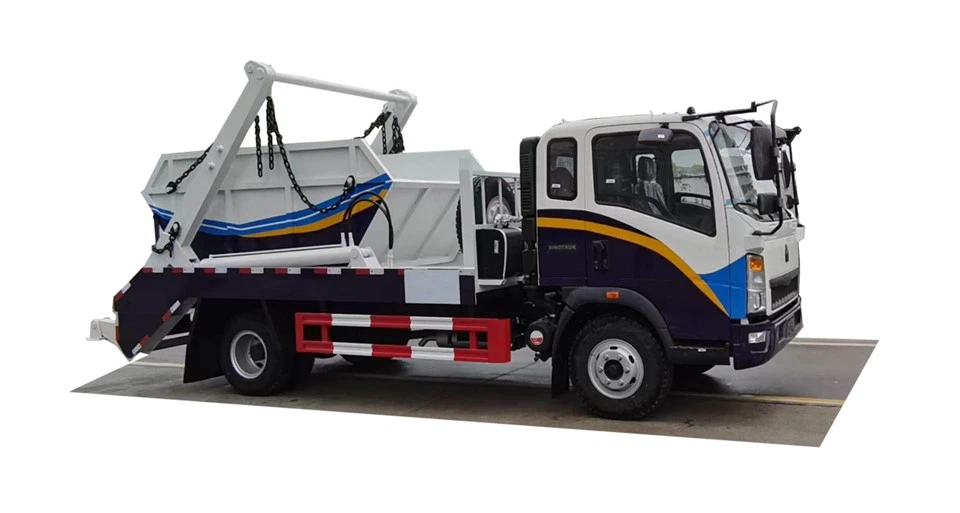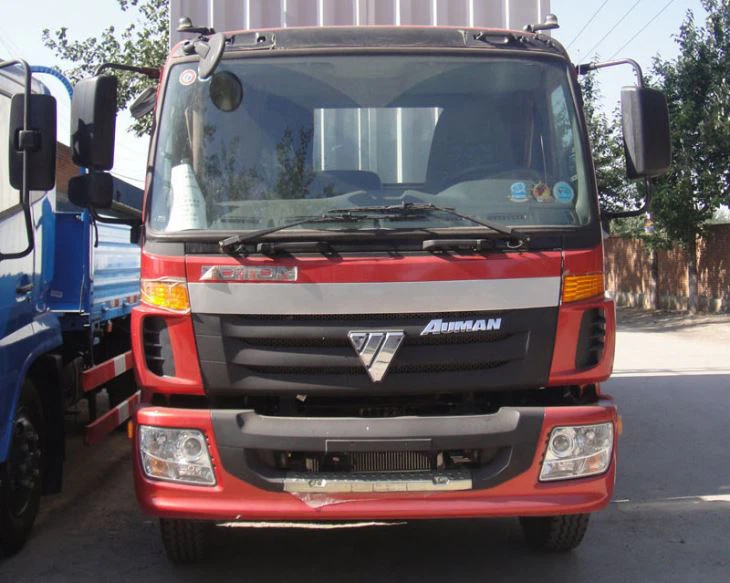Cement Mixer Truck Dimensions: A Comprehensive Guide

Cement mixer trucks are critical vehicles in the construction industry, responsible for transporting concrete from the batch plant to construction sites. Understanding their dimensions is essential for construction managers, contractors, and equipment operators. In this article, we will delve deep into cement mixer truck dimensions, their specifications, and practical considerations for construction projects.
Understanding Cement Mixer Trucks
Cement mixer trucks, also known as concrete transport trucks, are specialized vehicles designed for mixing and delivering concrete. They come in various sizes and configurations, impacting their capacity, maneuverability, and suitability for specific job sites.
Components of a Cement Mixer Truck
A typical cement mixer truck consists of several critical components:
- Chassis: The truck’s foundation, which supports the mixer and other components.
- Drum: The large rotating container where the concrete is mixed and transported.
- Hydraulic system: Responsible for the rotation and positioning of the drum.
- Discharge chute: The mechanism that allows concrete to be poured at the job site.
Main Dimensions of Cement Mixer Trucks
Length

The overall length of cement mixer trucks typically ranges between 24 to 42 feet (7.3 to 12.8 meters). The length can vary based on factors like the drum size and the truck’s configuration.
Width
Most cement mixer trucks have a width of about 8.5 feet (2.6 meters). This dimension is usually consistent to comply with road regulations, allowing safe navigation through streets and highways.
Height
The height of the trucks typically ranges from 10 to 13 feet (3 to 4 meters). The height can be affected by additional features such as the cab design and the type of mixer installed.
Wheelbase
The wheelbase of a cement mixer truck, which is the distance between the front and rear axles, often varies between 12 to 22 feet (3.7 to 6.7 meters). A longer wheelbase can improve stability, whereas a shorter wheelbase enhances maneuverability.
Drum Capacity
The drum capacity of cement mixer trucks is a vital dimension and typically ranges from 6 to 16 cubic yards (4.6 to 12.2 cubic meters). The capacity determines how much concrete the truck can deliver in a single trip.
Common Drum Sizes
| Drum Size (Cubic Yards) | Drum Size (Cubic Meters) | Typical Uses |
|---|---|---|
| 6 | 4.6 | Small residential projects |
| 8 | 6.1 | Medium commercial projects |
| 10 | 7.6 | Large construction sites |
| 12 | 9.2 | Major infrastructure projects |
| 16 | 12.2 | High-volume construction |
Choosing the Right Size
Selecting the right cement mixer truck dimensions is crucial for project efficiency. The choice depends on several factors, including:
Project Size
For small projects like residential pours, smaller trucks with a 6–8 cubic yard capacity are advantageous. Larger commercial or industrial projects may require trucks with capacities of 10 cubic yards or more.
Site Accessibility
Construction sites with tight spaces might require smaller, more maneuverable trucks. Conversely, larger sites might accommodate bigger trucks, maximizing delivery efficiency.
Regulatory Compliance
Different regions have regulations concerning truck dimensions. Ensure that any truck selected adheres to local laws concerning weight, width, and height limitations.
Loading and Unloading Considerations
Efficient Loading Techniques
Proper loading techniques not only ensure the truck is filled efficiently but also prevent spillage. Techniques include:
- Using Chutes: Position chutes effectively to minimize backflow.
- Conveyor Systems: Automated systems can speed up loading and reduce manual handling.
Effective Unloading Methods
Maximizing unloading efficiency can save time. Consider using:
- Discharge Chutes: Ensure a steady flow of concrete without blockages.
- Remote Control Systems: Utilizing technology to control the pour from a distance can increase safety and accuracy.
Maintenance and Care
Regular Maintenance Schedules
Ensuring the longevity of cement mixer trucks involves adhering to a maintenance schedule that includes:
- Regular inspections of the drum and hydraulic systems.
- Checking tire pressure and tread depth.
- Lubrication of moving parts to prevent wear and tear.
Common Issues and Solutions
Some common issues include:
- Concrete Build-Up: Regular cleaning of the drum can prevent this. Use high-pressure water or cleaning agents.
- Hydraulic Failures: Inspect hydraulic fluid levels regularly and replace filters as needed.
Future Trends in Cement Mixer Truck Design
As technology advances, the design and functionality of cement mixer trucks are evolving. Some key trends include:
Telematics and Smart Technology
This technology allows for tracking truck performance and location in real-time, optimizing logistics and fuel consumption.
Electric and Hybrid Models
With a shift towards sustainability, electric and hybrid mixer trucks are being developed to reduce emissions and fuel costs.
Cost Considerations
Initial Purchase Costs
The purchase price of cement mixer trucks can vary significantly based on size, capacity, and technology. A new truck can range from $100,000 to over $250,000.
Operating Costs
Besides purchase costs, consider operational expenses, including:
- Fuel consumption.
- Maintenance and repairs.
- Insurance costs.
Frequently Asked Questions (FAQs)
What is the standard weight of a cement mixer truck?
The standard weight of a cement mixer truck ranges from 26,000 to 36,000 pounds (11,793 to 16,329 kg), depending on the model and capacity.

Are cement mixer trucks road legal?
Yes, most cement mixer trucks are road legal as long as they comply with local weight and dimension regulations.
How can I choose the right cement mixer truck for my project?
Assess the project size, site accessibility, and local regulations to select the most appropriate mixer truck dimensions.

What maintenance is required for a cement mixer truck?
Maintenance includes regular inspections, cleaning the drum to prevent concrete build-up, and checking hydraulic and tire conditions.
How long can concrete remain in a cement mixer truck?
Concrete should generally be discharged within 90 minutes of mixing to ensure proper consistency and avoid hardening.
Can cement mixer trucks be operated in winter conditions?
Yes, but special precautions, such as using heated water and additives, may be necessary to prevent concrete from freezing during colder temperatures.
